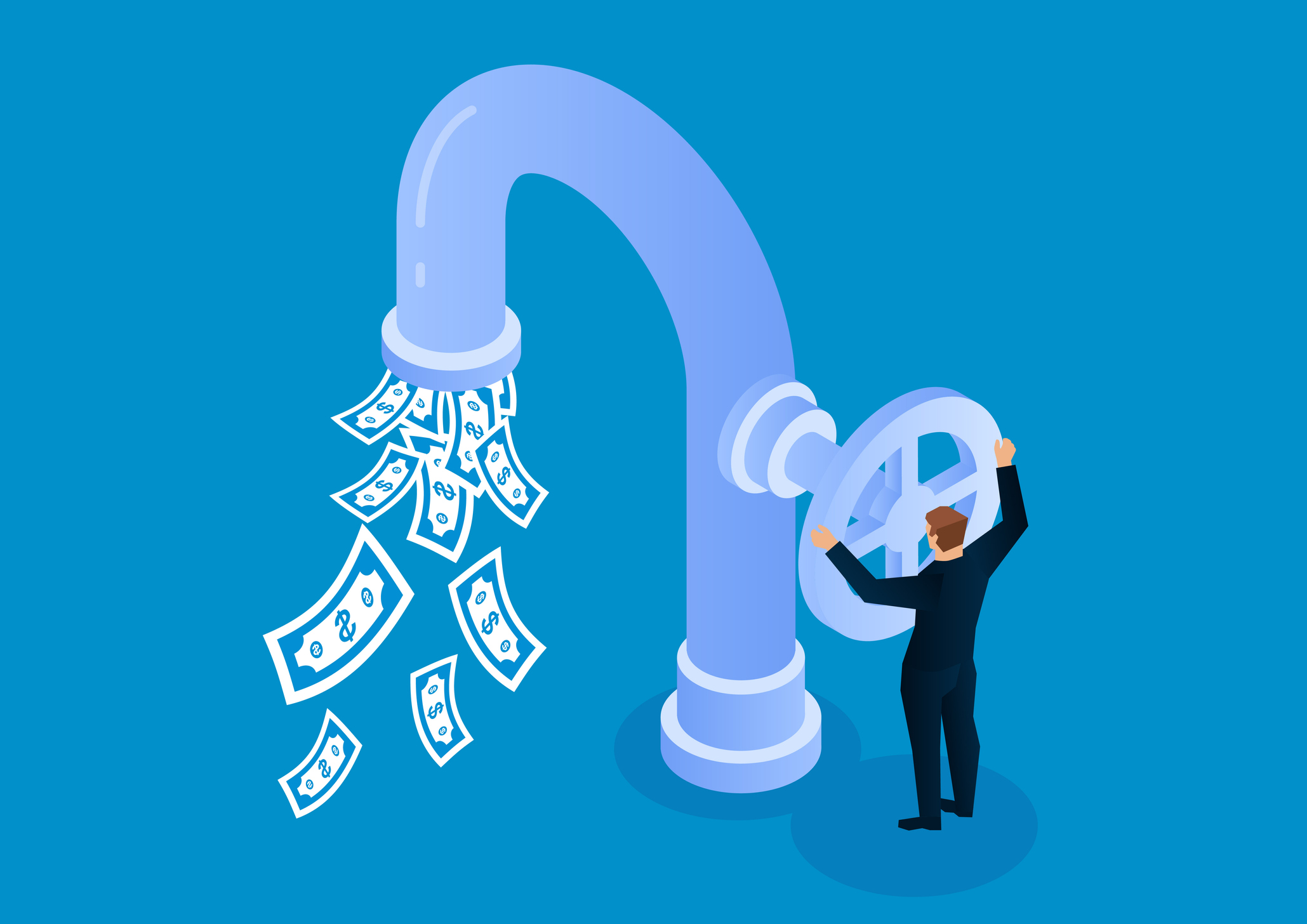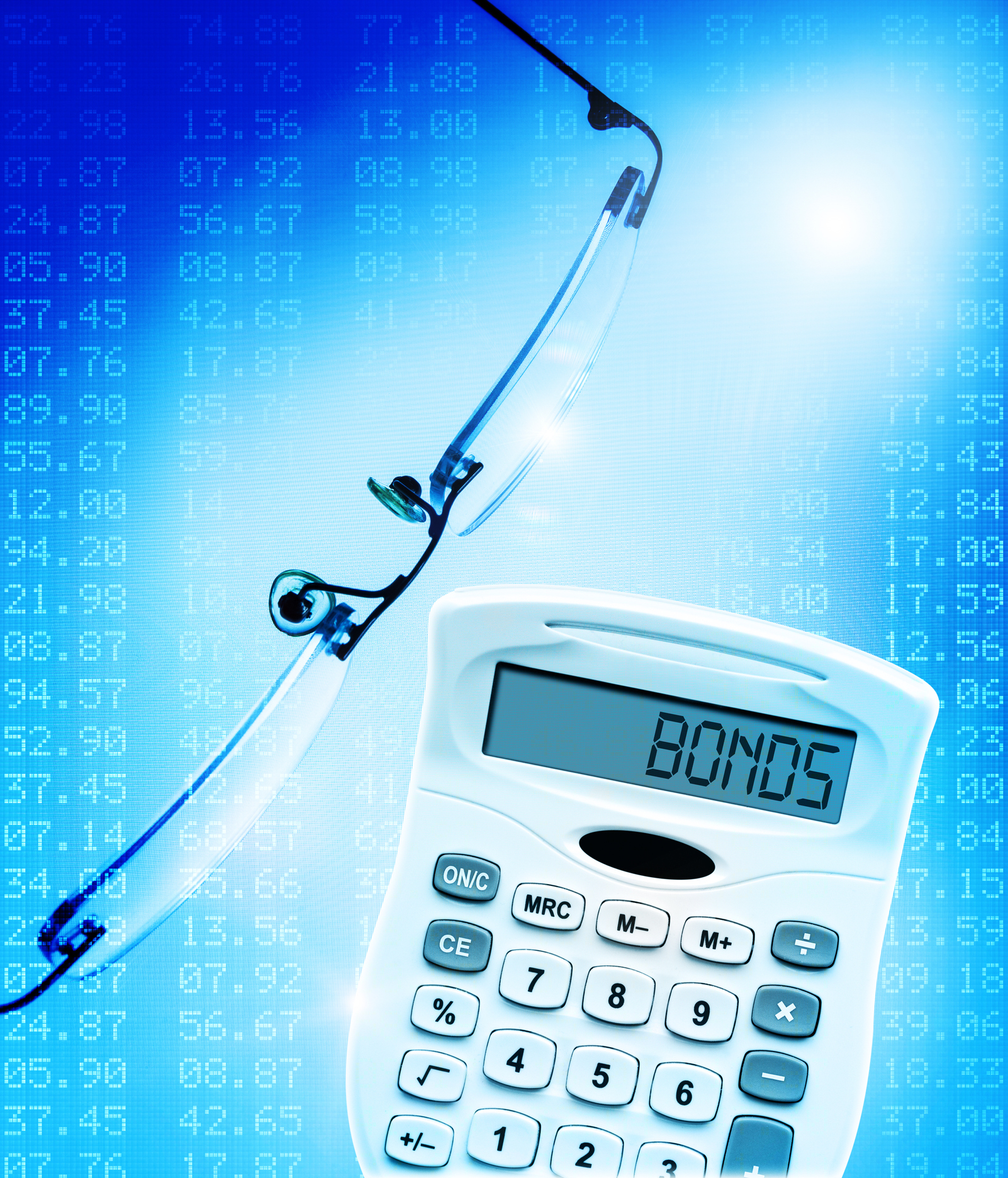Where to Find Yield in 2022
I am sold on leveraged closed-end debt funds, junk bonds and floating-rate bank loan funds.


It is daunting to expect a big profit, or even any profit, over the next several months from standard bonds or bond funds. Breaking even would be acceptable while interest rates and inflation churn.
But as I consider 2022, I aver that the economy is marking time until an inevitable return to its pre-pandemic formula of 2% growth, 2% inflation and 2% long-term interest rates, which may land at 2.5% post-COVID. That’s a beneficial backdrop for plenty of income-paying investments, and now is a good time to accumulate income investments that zig when growth and inflation also zig.
I looked up 2021 returns (through November 5) for 15 of my most-trusted funds and trusts. The three most successful were Pimco Corporate & Income Strategy (symbol PCN), BNY Mellon Municipal Bond Infrastructure (DMB) and Nuveen Preferred and Income Term (JPI), with respective total returns of 15.3%, 10.3% and 9.8%. I continue to endorse all three.

Sign up for Kiplinger’s Free E-Newsletters
Profit and prosper with the best of expert advice on investing, taxes, retirement, personal finance and more - straight to your e-mail.
Profit and prosper with the best of expert advice - straight to your e-mail.
I am sold on the appeal of leveraged closed-end debt funds and also see no end to the popularity of junk bonds and floating-rate bank loan funds. All of them benefit from economic vigor; the tendency for debt-ratings upgrades; the unusually low incidence of bond defaults and loan delinquencies; and the phenomenal amount of cash out there seeking any reasonable yield.
If you value the Treasury’s full faith and credit, inflation-linked Series I savings bonds are paying 7.12% until May because of the spike in the consumer price index. The yield will then reset, but the bonds will remain attractive. In addition, explore the following asset classes for 2022, using ETFs or closed-ends if you prefer them to individual securities:
Floating-rate bank loan funds
Fidelity Floating Rate High Income (FFRHX) is the best-known; Invesco Senior Loan (BKLN) is a cromulent ETF and one of the Kiplinger ETF 20, the list of our favorite exchange-traded funds. Keep these well fed if you already own them.
High-yield bonds
Vanguard’s offerings have the low-expense-ratio edge, but spreading money among a few managers makes sense. I prefer active management to indexing. New junk-bond yields have contracted to 4%, but capital gains can pad this.
Preferred stocks
New offerings number about one a week and offer yields of about 5%. Or try closed-end funds such as Flaherty & Crumrine Preferred Income Fund (PFD) and pounce when the premiums to net asset value tighten. Six-month-old Fidelity Preferred Securities & Income ETF (FPFD) shows great promise.
Short-term, high-rate lenders
Ready Capital (RC, $16) finances small commercial loans and mortgages; the stock yields north of 10%. RiverNorth Specialty Finance (RSF, $20) invests in an array of debt, including small-business loans. It is an interval fund; you buy it as you would a regular mutual fund but can only sell quarterly. The design lets managers hold rare or unusual high-income investments. Distributions run about 8%, cushioning share-price gyrations.
Taxable municipals
These are my pick for cautious savers. These high-coupon munis sagged early in 2021 but are reviving of late. Invesco Taxable Municipal Bond ETF (BAB) distributes close to 3%, and all its bonds are rated A or better.
Get Kiplinger Today newsletter — free
Profit and prosper with the best of Kiplinger's advice on investing, taxes, retirement, personal finance and much more. Delivered daily. Enter your email in the box and click Sign Me Up.

-
 How Baby Boomers and Gen Xers Are Redefining Retirement Living
How Baby Boomers and Gen Xers Are Redefining Retirement LivingBoth generations need to embrace change and leverage real estate as a dynamic asset in their retirement planning. Here's how financial advisers can help, too.
By David Conti, CPRC Published
-
 How Good Advisers Manage Risk in Challenging Markets
How Good Advisers Manage Risk in Challenging MarketsThey understand the difference between what might be real challenges to an investor's strategy and fear brought on by market volatility.
By Ryan L. Kirk, CFA® Published
-
 How Inflation, Deflation and Other 'Flations' Impact Your Stock Portfolio
How Inflation, Deflation and Other 'Flations' Impact Your Stock PortfolioThere are five different types of "flations" that not only impact the economy, but also your investment returns. Here's how to adjust your portfolio for each one.
By Kim Clark Published
-
 Kiplinger's Economic Calendar for This Week (April 14-April 18)
Kiplinger's Economic Calendar for This Week (April 14-April 18)This week's economic calendar features four Fed speakers and is highlighted by retail sales data and an unusually interesting weekly jobless claims update.
By Karee Venema Last updated
-
 Why I Still Won't Buy Gold: Glassman
Why I Still Won't Buy Gold: GlassmanOne reason I won't buy gold is because while stocks rise briskly over time – not every month or year, but certainly every decade – gold does not.
By James K. Glassman Published
-
 Should You Use a 25x4 Portfolio Allocation?
Should You Use a 25x4 Portfolio Allocation?The 25x4 portfolio is supposed to be the new 60/40. Should you bite?
By Nellie S. Huang Published
-
 Retirement Income Funds to Keep Cash Flowing In Your Golden Years
Retirement Income Funds to Keep Cash Flowing In Your Golden YearsRetirement income funds are aimed to engineer a steady payout of cash for retirees. Here are a few we like.
By Nellie S. Huang Last updated
-
 10 2024 Stock Picks From An Investing Expert
10 2024 Stock Picks From An Investing ExpertThese 2024 stock picks have the potential to beat the market over the next 12 months.
By James K. Glassman Published
-
 Dividends Are in a Rut
Dividends Are in a RutDividends may be going through a rough patch, but income investors should exercise patience.
By Jeffrey R. Kosnett Published
-
 Bond Basics: Zero-Coupon Bonds
Bond Basics: Zero-Coupon Bondsinvesting These investments are attractive only to a select few. Find out if they're right for you.
By Donna LeValley Published